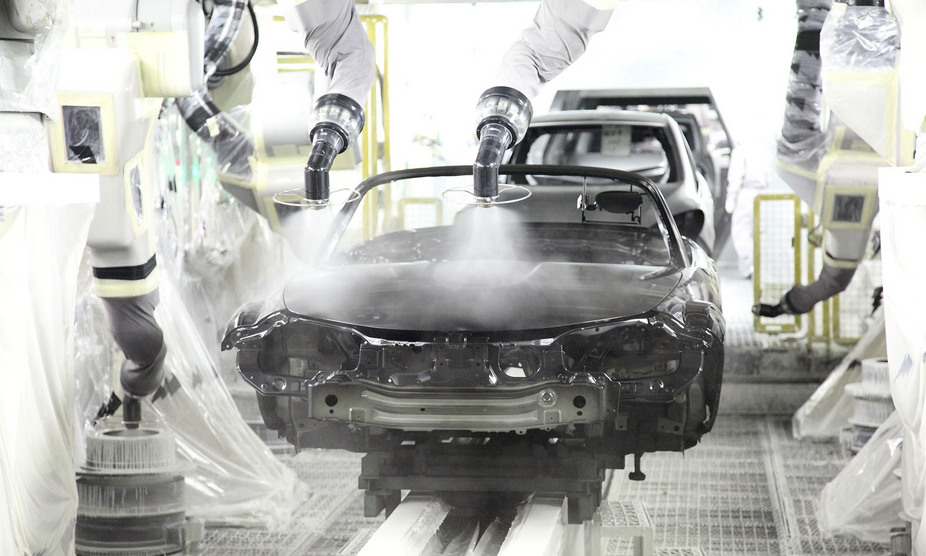|
Send this page to a friend! Fill in the form bellow | ||
news
Mazda going for sustainable production
© photo courtesy of: Mazda
Mazda is making a long-term commitment to achieve a sustainable future with a vision for technology development called “Sustainable Zoom-Zoom”. This vision will be focusing on the promotion of efficient utilisation of energy and reduction of the volume of CO2 emitted in all aspects of the company’s production and distribution operations. It will also keep working as a guideline for the technological development of vehicles that deliver both the joy of driving and excellent environmental and safety performance. Mazda will be implementing measures in several key areas.
One of the measures will be the establishment of an Environmental Management System (EMS) across its entire supply chain and in all Group companies. The goal is to more effectively carry out environmentally friendly business activities, based on standards such as ISO 14001.
Mazda is also continuing to improve its environmental footprint in terms of car painting. In 2002 achieved CO2 emissions reduction of 15% and 45% reduction in volatile organic compound (VOC) emissions with the introduction of the Three Layer Wet Paint System. This system enables the application of a primer coat, colour base and clear coat one over the other without drying each time.
In Hiroshima, the Aqua-Tech Paint System was introduced in one of Mazda’s facilities. This water-based coating technology achieves the highest standards for limiting emissions of VOCs contained in paint. Keeping the same CO2 emissions volume as the Three Layer Wet Paint System, the Aqua-Tech Paint System further reduces the VOC emissions by 57%, making it the world’s least-polluting water-based paint system.
Finally, the recycling of bumpers has been another measure adopted by Mazda in the search for sustainability production. After the introduction of regulations for a more effective use of resources by the Japanese government, Mazda took the challenge of trying to reuse bumpers that had been damaged in real-world driving to produce new ones. Thanks to a close work with suppliers and plastics recycling specialists, in 2003 Mazda presented the “bumper-to-bumper recycling” technology, the automotive industry’s only method of using recycled materials as raw material for new vehicle bumpers. The first Mazda model to receive the recycled bumpers was the RX-8 mass production model in 2005.
Encyclopedia |
Contribute
more about Mazda



latest news







